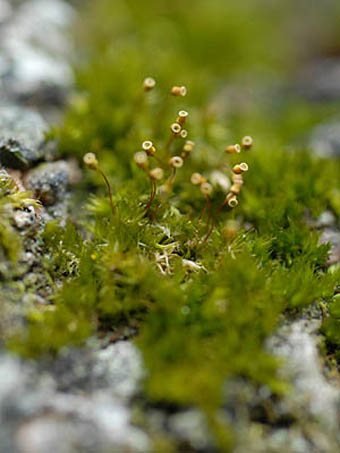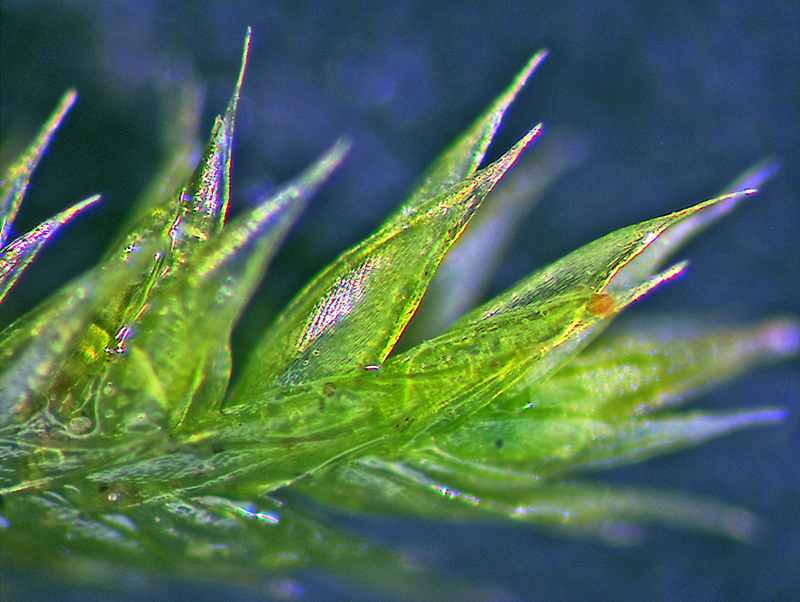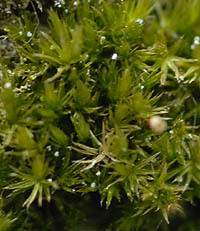
image from: https://www.researchgate.net/figure/Sematophyllum-subhumile-M-Fleisch-a-d-stem-leaves-e-branch-leaf-f-i-cell_fig1_348406779
Sematophyllum subhumile: The Unassuming Moss with a Global Reach
Introduction
When most people think of plants, they picture towering trees, colorful flowers, or sprawling vines. But there’s a whole world of fascinating flora that often goes unnoticed right beneath our feet – mosses! Today we’re shining a spotlight on one particularly interesting species:

image from: https://plantdollar.com/plant/sematophyllum-subhumile/
Sematophyllum subhumile (Müll.Hal.) M.Fleisch.

image from: https://www.inaturalist.org/taxa/1055704-Sematophyllum-subhumile-subhumile
, a moss in the Sematophyllaceae family.
Background on Mosses
Before we dive into the specifics of S. subhumile, let’s review some moss basics. Mosses are non-vascular plants in the division Bryophyta. Unlike other land plants, they lack true roots, stems, and leaves. Instead, they have rhizoids, simple stem-like and leaf-like structures. Mosses are found on every continent and play important ecological roles.

image from: https://www.researchgate.net/figure/Sematophyllum-subhumile-M-Fleisch-a-d-stem-leaves-e-branch-leaf-f-i-cell_fig1_348406779

image from: https://indiabiodiversity.org/species/show/262517?pos=
Morphology and Identification
Sematophyllum subhumile is a small pleurocarpous moss, meaning its sporophytes grow laterally from the stem. Its scientific name comes from Greek words meaning “threadlike leaves” and Latin words meaning “nearly ground-level.”

image from: https://mikawanoyasou.org/koke/nagahasigoke.htm
The main identifying features of

image from: https://www.nzplants.auckland.ac.nz/content/nzplants/en/about/mosses/native-species/sematophyllaceae/Sematophyllum-subhumile-var-contiguum.html
S. subhumile include:
- Stems creeping to ascending, irregularly branched
- Leaves ovate-lanceolate, typically under 2 mm long
- Leaf margins entire to serrulate near apex
- Costa short and double or absent
- Laminal cells linear, with several quadrate alar cells
- Capsules rare, ovoid to cylindrical
Global Distribution and Habitat
One of the most remarkable things about S. subhumile is its incredibly wide distribution. This cosmopolitan species is found on every continent except Antarctica! It has been documented in:
- North, Central and South America
- Europe
- Africa
- Asia
- Australia and Oceania
Sematophyllum subhumile is most commonly found growing on tree trunks, logs, and rocks in moist forests from lowlands to mountains. It is particularly abundant in tropical and subtropical regions but can also inhabit temperate areas.
Ecological Roles and Adaptations
Like other mosses, S. subhumile

image from: https://www.britishbryologicalsociety.org.uk/learning/species-finder/sematophyllum-substrumulosum/
plays several important roles in its ecosystems:
- Helps retain moisture and prevent erosion
- Provides shelter and food for micro-organisms and invertebrates
- Contributes to nutrient cycling and soil formation
- Acts as a bioindicator of air and water quality
To survive in such diverse habitats worldwide, S. subhumile has some impressive adaptations:
- Tolerates a wide range of temperatures and moisture levels
- Reproduces asexually via regrowth from fragments

image from: https://mikawanoyasou.org/koke/nagahasigoke.htm
- Absorbs water and nutrients over its entire surface
- Dries out and becomes dormant during droughts, then quickly revives when moistened
Conclusion
The next time you’re out for a walk in the woods, take a closer look at any logs or boulders you pass. You may just spot a patch of unassuming Sematophyllum subhumile, an extraordinary moss that has quietly spread to almost every corner of the globe! Its ability to thrive in varied conditions is a true testament to the resilience and adaptability of these ancient plants. What other secrets might the miniature world of mosses hold?

image from: https://flora-of-mikawa.sakura.ne.jp/koke/nagahasigoke.htm